Sink Into February’s Pleasures—With Tea
February arrives swollen with promise—and dread. For snow sports fanatics, the month—especially in the West—portends the beginning of what often stands as the finest 60 days of the season. Skiers and snowboarders feel their pulses quicken when the calendar turns to the year’s second month..
Valentine’s Day warms the cold center of the month. President’s Day is a three-day holiday for many—and time for a wee break between the December holidays and the beginning of summer.
But February also remains distant from the return of daffodils, grass and apple blossoms. Of robins hopping and chirping across damp lawns. Days remain short, with more darkness than light until the spring equinox toward the end of March.
It’s winter’s final stretch—by the middle of March, spring begins its preening and primping. As a pure winter month, one without distractions like the December holidays or January’s often welcome return to regular life, February presents challenges.
Ritual to the rescue
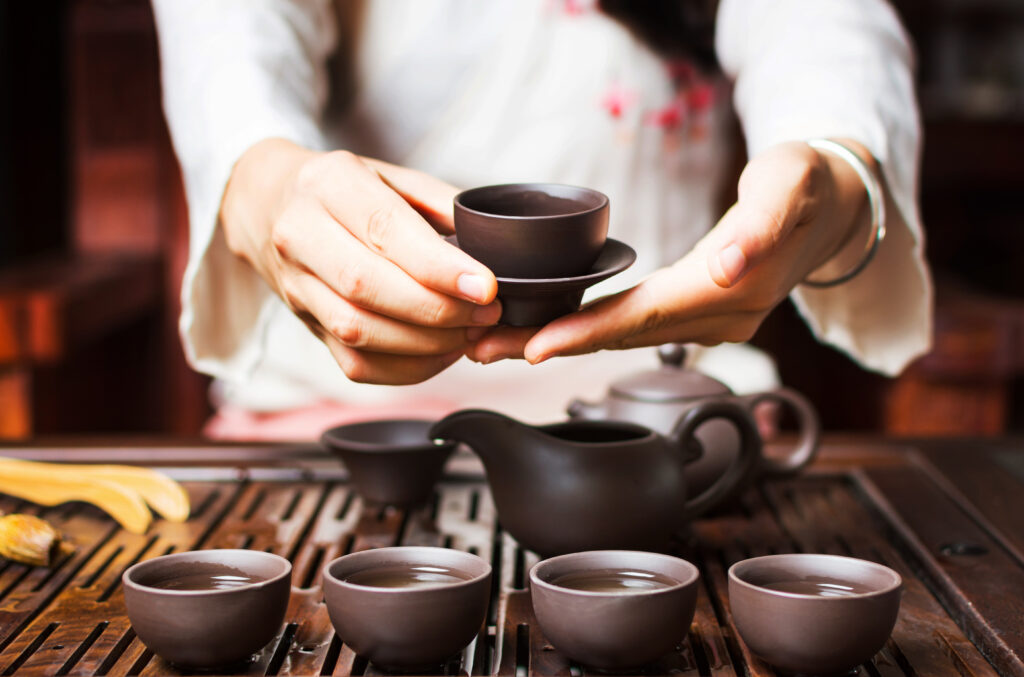
We think ritual helps ground us in February. Instead of looking ahead with relish toward spring and summer, or staring back to the holidays’ charms or the leafy days of pumpkin spice mania, it’s important to just embrace February. Its atmospheres—which often include snow, gray skies, hearth fires and soup—can thrill. We just need to slow down, feel them—and appreciate them. And ritual helps deliver us to this good place.
Few practices, in our opinion, can bring about mindfulness and presence with as much effectiveness as tea. Scholars, philosophers, scientists and poets have sipped it with particular enthusiasm—for centuries—for good reason. It helps ground us, it welcomes us into the present and invites us to sit down and be still.
Tea rituals began in China, and spread across Asia. For many members of the United Kingdom diaspora, tea rituals serve as daily foundations.
We think all of our teas can ripen healthy feelings of mindfulness. Brewing the tea, pouring it, cradling the cup and inhaling the aromatic steam, sipping—it all delivers us to the delicious present. But some teas may help spur the good vibes more than others.
Teas for Mindfulness: Ginger Puerh
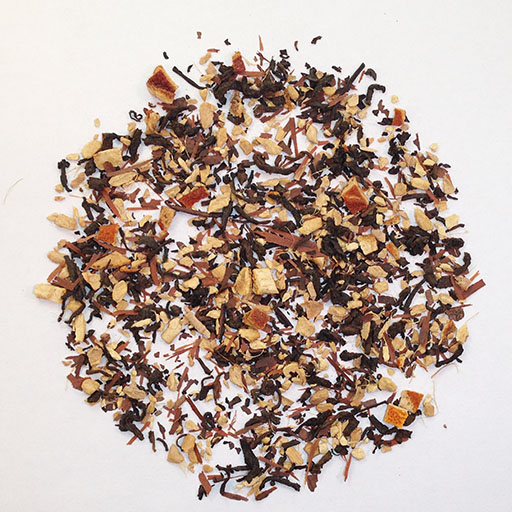
This lovely blend combines both the past and the present, in one brewed pot. The dance between the past—represented by deep puerh, the fermented tea that undergoes aging—and the awakening slap of ginger yields an especially meditative brew. We savor the passage of time in the rich and complex puerh. And the ginger helps deliver us to the here and now—to the stark beauty of the puerh, the ginger and the marriage of the two. Duality in a cup—a perfect foundation for ritual and profundity. Seeking mindfulness demands both a rooting down and an opening up, and this wonderful tea helps to bring about both.
Teas for Mindfulness: Meditation Blend
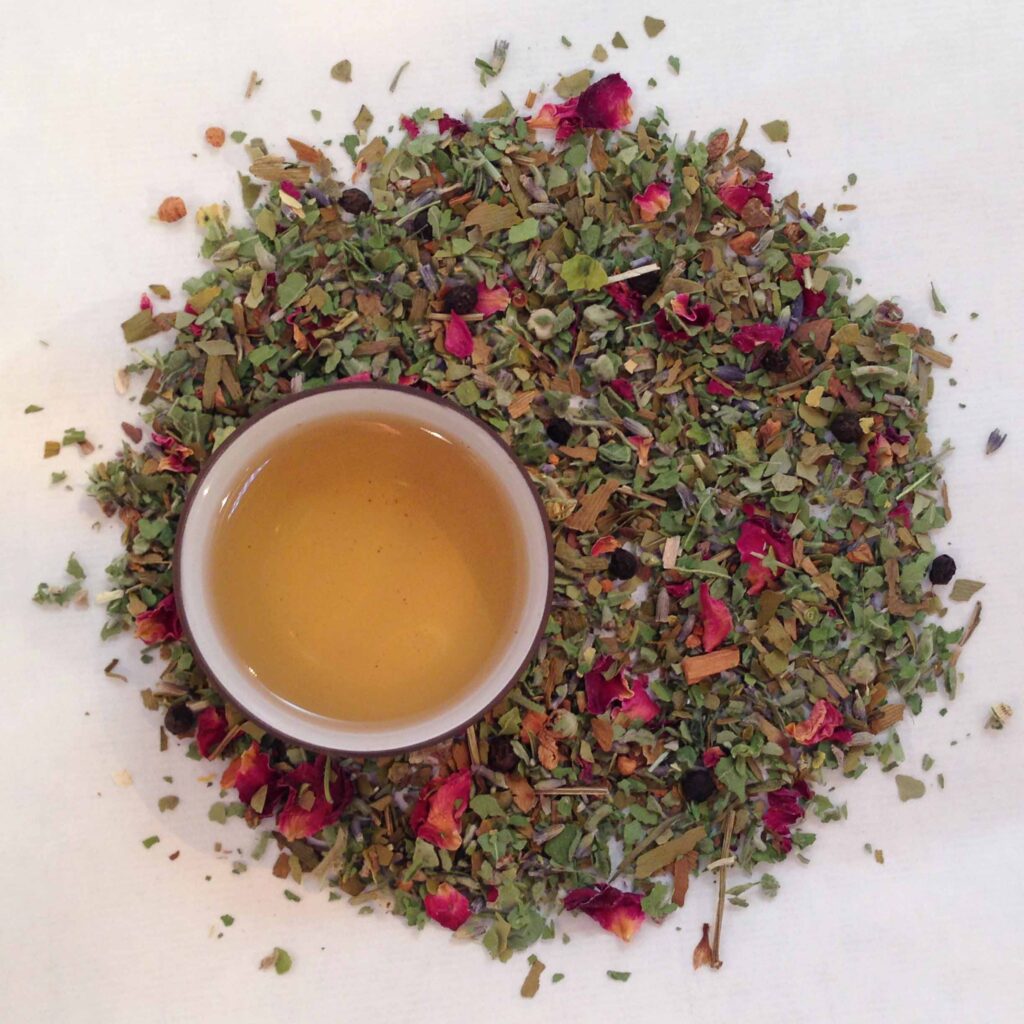
Sleep, of course, is extremely important and powerful. But it’s not meditation. To sink into a meditative state, wakefulness is essential. That’s one of the reasons that we incorporated gentle yerba mate into this unique, custom blend. Yerba mate, a South American shrub that contains dollops of caffeine, helps stimulate both body and mind while we sit in stillness. The blend’s ginkgo biloba contains botanical properties that open up blood vessels—including those in the brain. The plant gets widely tapped by naturopathic practitioners to help with brain health. Rounding it out, the blend includes cinnamon (excellent for glucose moderation), black pepper, lavender, marshmallow and rose. Together, the blend makes for a splendid meditation spark, and partner.
Teas for Mindfulness: Kabuse Sencha
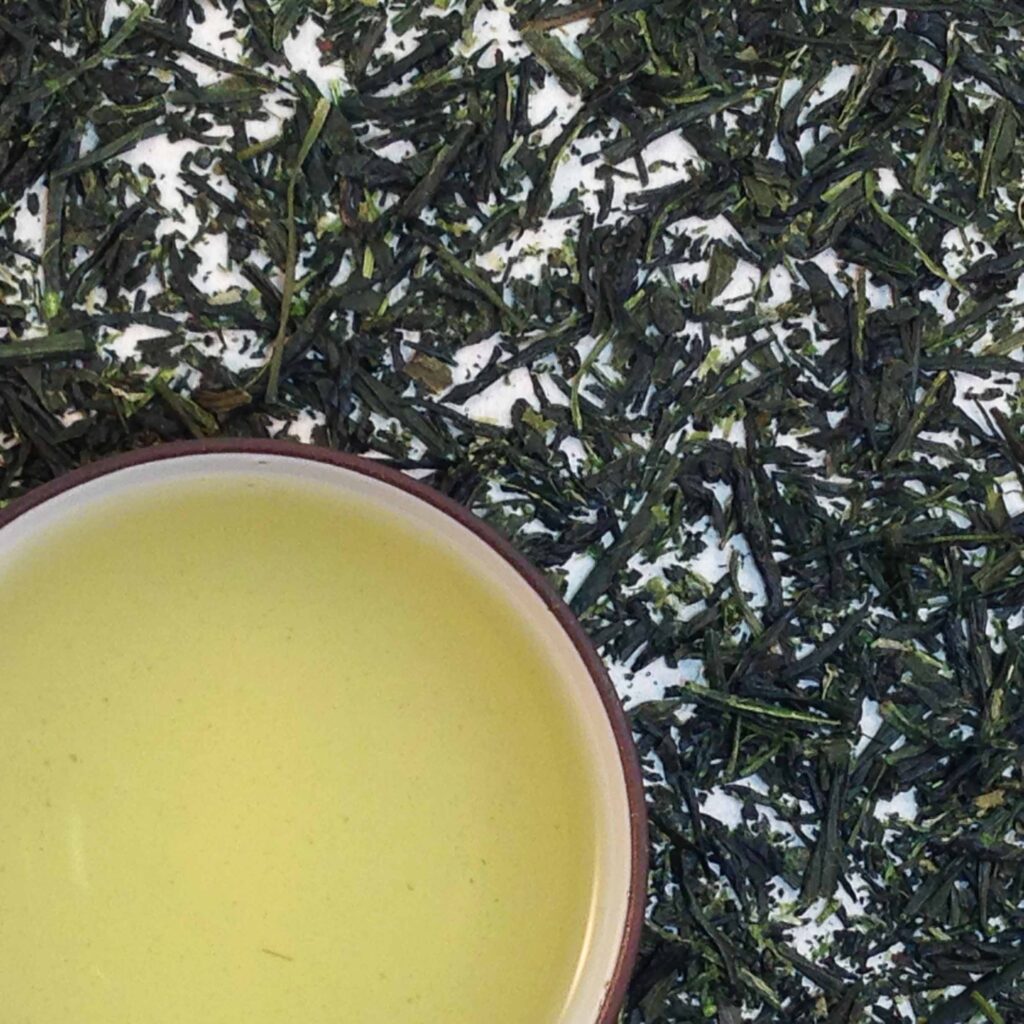
Mindfulness always hinges in part on balance. Just as duality defines much of life on Earth, it also fuels the feelings of presence brought about through meditation. To successfully shepherd mindfulness into our worlds, we need to dwell in a state of balance. Which brings us to our kabuse sencha. This special tea, gathered only once a year in the spring from cherished tea plants, gets grown in both shade and sun. Most tea farmers do not shade their tea plants—but kabuse sencha farmers shroud their fields in shade for up to two weeks. The process helps develop the tea’s unique flavor—a combination of savory umami and vegetal tartness. The shade and sunlight, the umami and almost citrus zing—both dwell in the land of balance.
Teas for Mindfulness: Gyokuro
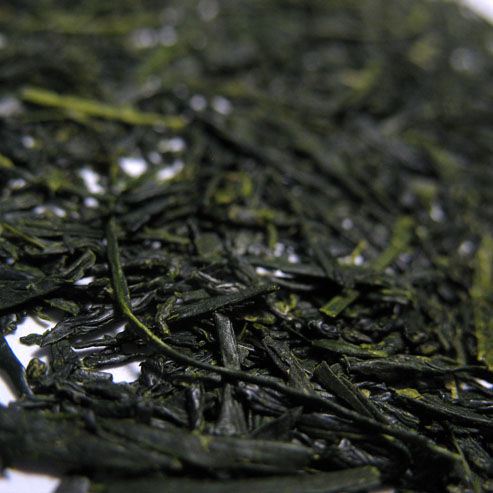
The emphasis on balance for meditation flowers in gyokuro, considered by many the finest Japanese tea. As with kabuse sencha, tea farmers blanket gyokuro plants in shade—in this case for 20 days—before they get harvested. Tea artisans then immediately steam, dry and carefully roll the leaves into shapes resembling pine needles. The process happens just once a year, in spring. And it yields exquisite tea—delicate and buttery (umami!), with a slightly sweet aftertaste. Growing and producing the tea requires immense balance. Even brewing it demands a little tightrope work—the water needs to be hot enough to brew the leaves, but not so hot that it damages the perfume and flavor. The tea asks us to slow down, savor and be present in the liquor’s layered depths.
Tea for Mindfulness: Dan Cong Honey Orchid Oolong
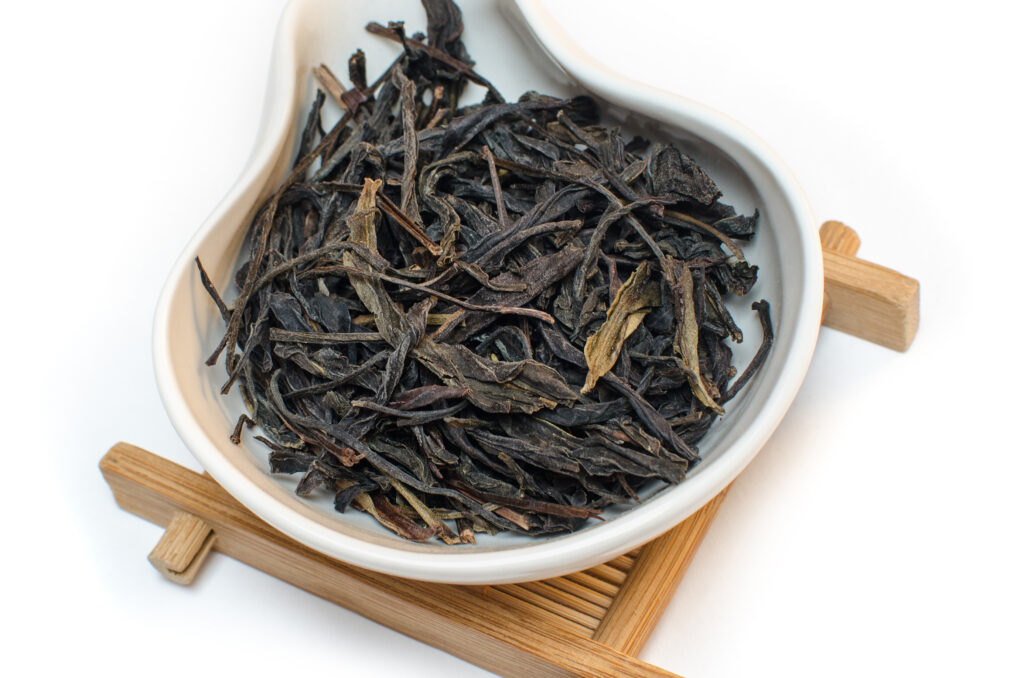
Stationed midway between green tea that sees no oxidization and adeeply oxidized black tea, oolongs by their very nature represent a kind of balance.
They’re in between—and oh so wonderful. Our Dan Cong oolong, from China’s most southern oolong production area—Guangdong Province—is especially prized among tea connoisseurs. Dan Cong farmers harvest leaves from tea plants within individual groves. Each of the harvests from those groves gets processed separately from one another. Interestingly, tea brewed from each grove tastes different.
Our Dan Cong’s fragrant leaves broadcast orchid aroma, with notes of apricot. And the flavor is rich, with hints of roasted nuts and honey. The tea reminds us that mindfulness is not just stillness, but also discovery. With Dan Cong, flavors can diverge distinctly from one another. In addition, the tea responds well to multiple infusions. Each of the infusions brews liquor with unique tastes.

